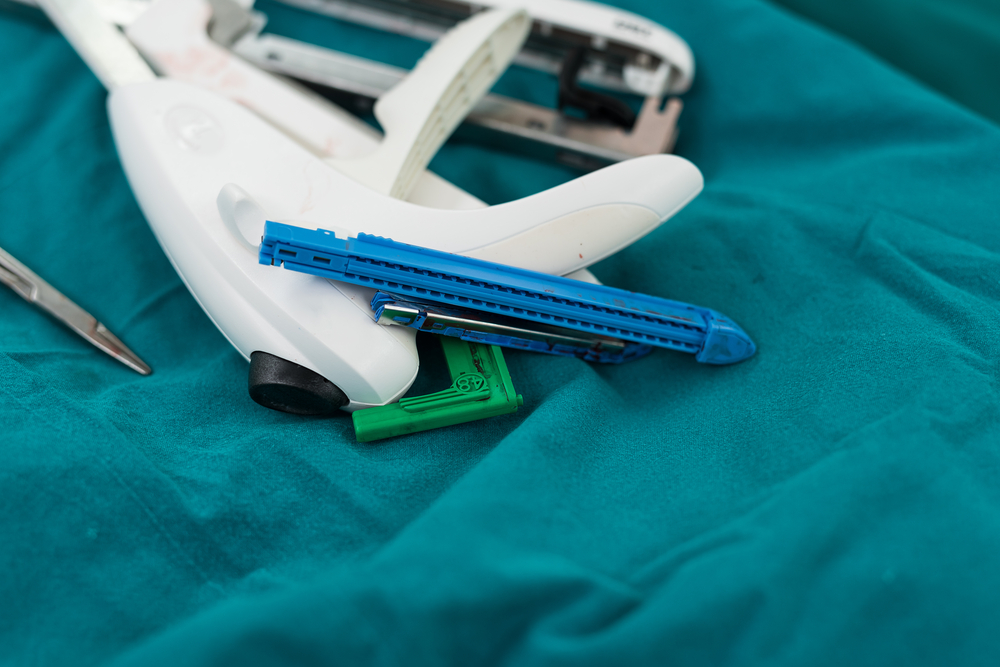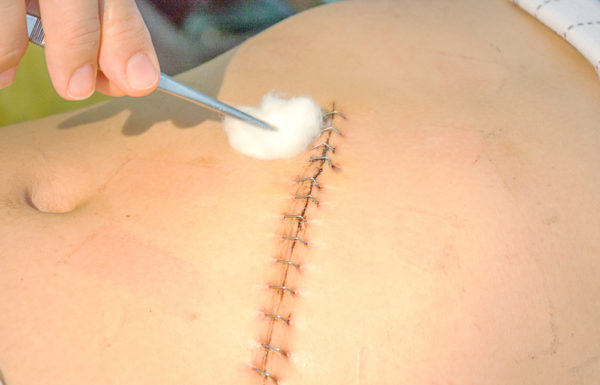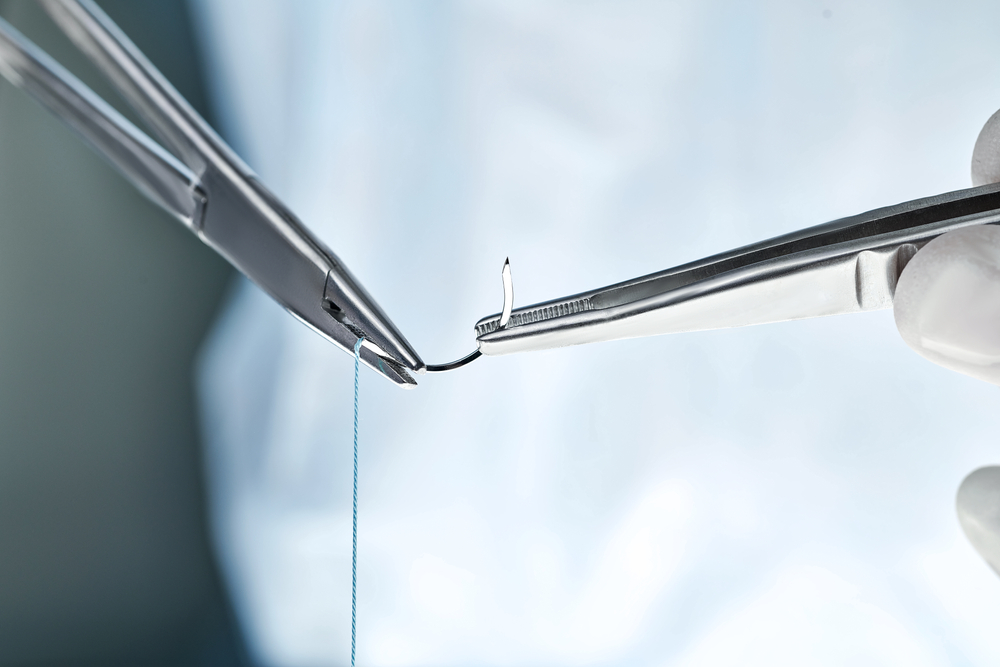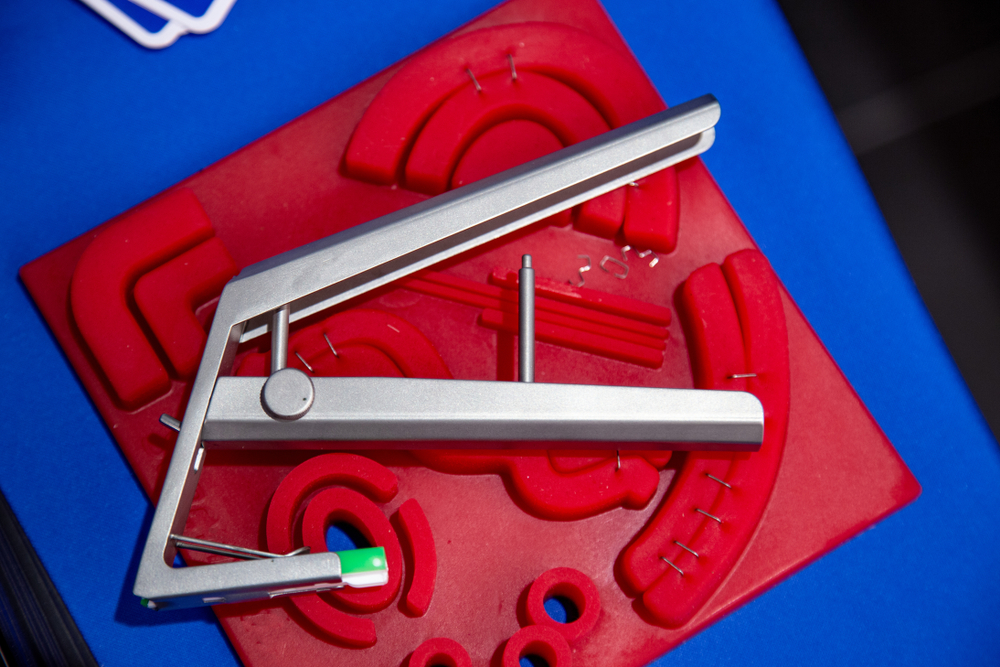Surgical Staplers & Staples: What You Need to Know
Humans have used sutures to close wounds — surgical or otherwise — and hold them together as far back as Ancient Egypt.
It wasn’t until 1908 that a Hungarian physician named Hümér Hültl attempted to advance wound closure methods by inventing the first surgical stapler. Since then, the industry has refined and modernized these devices.

Today, these staplers are used for closing surgical wounds in a variety of procedures. However, there has been significant legal controversy around their usage, with plaintiffs asserting that they or their loved ones suffered death or permanent injury through malfunction or misuse.
Below, we’ll explore these medical devices in more detail and briefly explain the potential dangers and legal controversy.
What Are Surgical Staples?
Surgical staples are special staples applied to surgical wounds to hold them together while they heal. They are also used to connect or remove parts of certain organs or tissues within the body, such as the bowels or lungs.
Unlike sutures, which often are intentionally left on the wound to dissolve into the patient’s skin as the wound heals, most forms of surgical staples must be removed by a doctor once sufficient healing has occurred.
What Are Surgical Staples Made of?
Most surgical staples are made of stainless steel or titanium. However, other metals may be used, including:
- Chromium
- Nickel
- Iron
Plastic staples also exist for patients allergic to the metals of which most staples are made. In some cases — mostly plastic surgery procedures — absorbable staples made of polylactide-polyglycolide copolymer are used. Naturally, no removal procedure is necessary for these.
Types of Surgical Staples
Medical professionals have a few different options for the types of staples they use. The type they choose may depend on procedure:
- Circular staples: Sometimes called EEA devices, these are usually used to connect a smaller vessel to a larger vessel’s side, called end-to-end anastomosis. End-to-end anastomosis is performed after bowel resection.
- Laparoscopic staples: Longer and thinner than circular staples, these are mostly used in minimally invasive surgical procedures.
- Titanium staples: Titanium is a strong yet flexible metal, so titanium staples are often used in internal surgeries. All titanium staples do have nickel present in them, so they aren’t pure titanium.
What Are Surgical Staplers?
Surgical staplers are the devices that medical professionals use to apply the staples to surgical wounds. They don’t look like staplers one might see in an office. Instead, they resemble staplers used for construction or industrial purposes.
Surgical staplers can be either disposable (made of plastic) or reusable (made of stainless steel). In either case, they are typically loaded with a disposable cartridge of surgical staples.
How Do Surgical Staplers Work?
Surgical staplers compress tissue and fire a staggered row of staples in order to connect tissue and/or seal surgical wounds. Some stapler models also cut away excess tissue if necessary to clean up the wound closure area.
That said, there are several types of surgical staplers that vary in their method of operation and the procedures in which they’re used.
Types of Surgical Staplers
In general, most staplers can be split into two categories:
- Linear
- Circular
Linear staplers contain a handle at the opposite end of the jaw. The surgeon manipulates the jaw using this handle to apply staples to the wound.
Each time the surgeon fires a staple, two things happen:
- A row of staples fires out of the stapler to bind tissue together
- A blade cuts away excess tissue to better seal the wound
Now, there are two types of linear staplers: regular linear staplers and linear cutters. The latter performs the cutting function, while the former does not. Staplers without the cutting functions may have different surgical uses than those that have cutting functions.
Circular staples fire out rows of staples in a staggered pattern. Thanks to their circular structure, these staplers are often used to connect sections of tube-like organs or other structures inside the body.
Skin staplers are another type of surgical stapler. These are designed to seal wounds in areas where the skin has much more tension, such as over the skull.
More: What Are Surgical Staplers?
Are Surgical Staplers and Staples Dangerous?
 Surgical staplers and staples offer benefits over traditional sutures. Many can be safe and are used often in various procedures, but they are not without dangers.
Surgical staplers and staples offer benefits over traditional sutures. Many can be safe and are used often in various procedures, but they are not without dangers.
For example, devices can misfire or fail to fire completely, failing to seal a wound or connect tissue properly through no fault of the medical professional applying the staples. This can lead to severe injury or death. If the patient survives, they can suffer long-lasting or permanent injuries, which can cost them or their families substantial sums of money.
Additionally, the medical professional themselves may be at fault for failing to properly seal a wound or connect tissue, whether or not the stapler functioned correctly.
Due to these dangers, many individuals have filed lawsuits against manufacturers and related parties.
Surgical stapler manufacturers have recalled hundreds of thousands of staplers over concerns that staplers may misfire or not apply enough force to fully apply a staple.
Additionally, a scandal erupted when it was found that the FDA had been underreporting surgical stapler injuries for years by storing many reports in a hidden database. These hidden reports only added to the large number of public reports.











